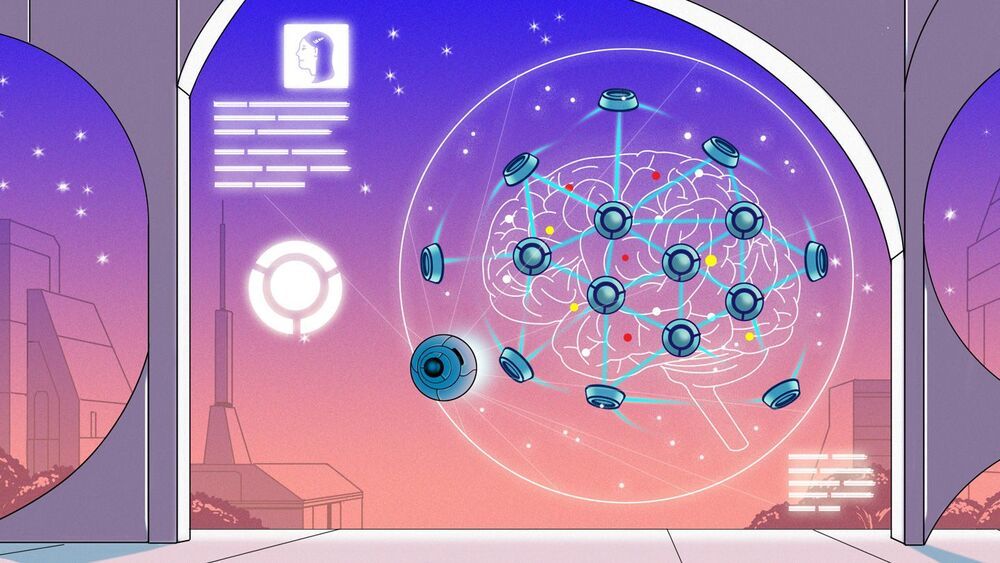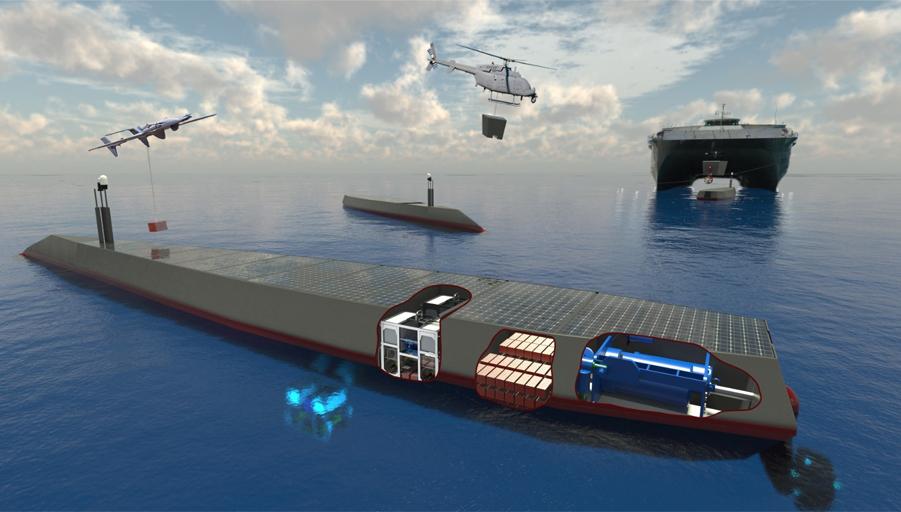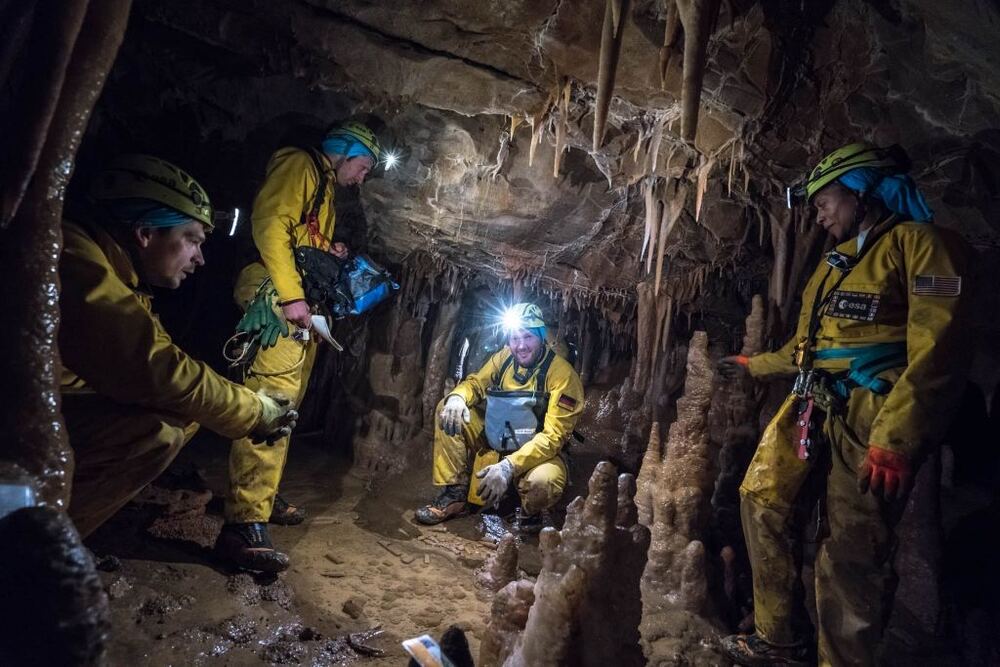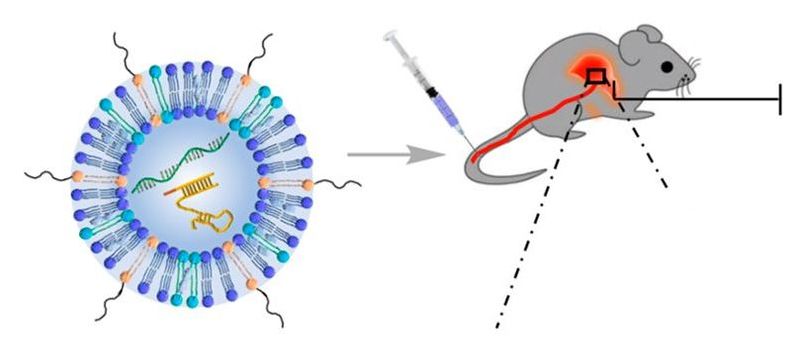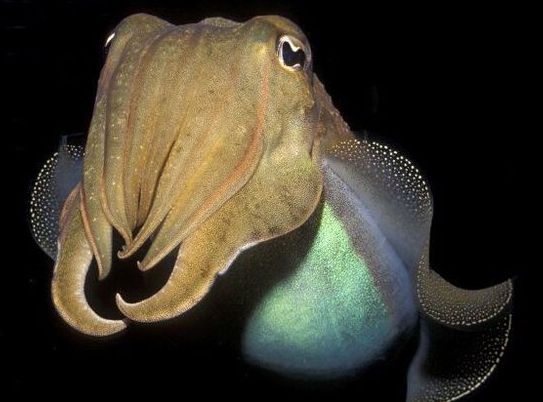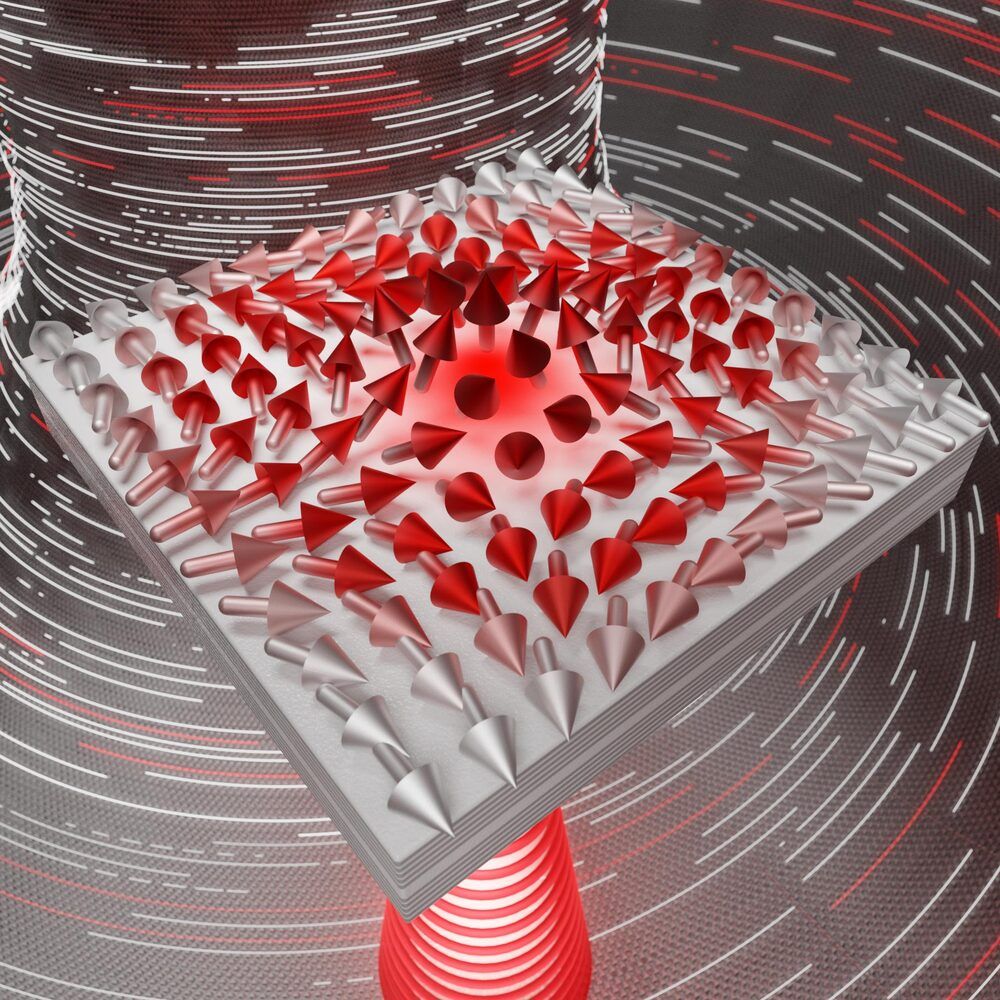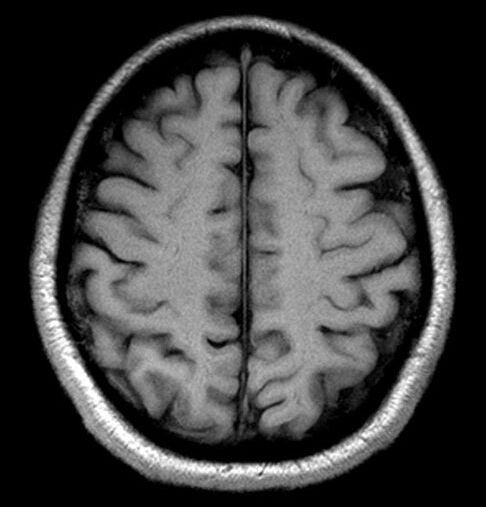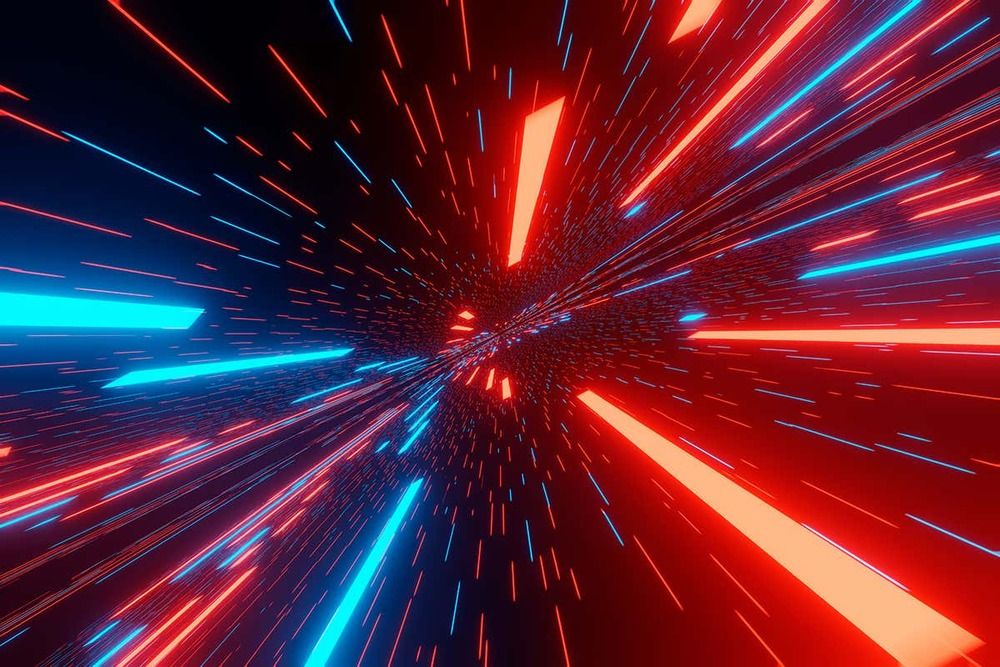Three fantastical tales of where neuroscience might take us are based on the progress made by brain researchers in the last 100 years.
L3Harris Technologies has been selected to design an autonomous surface ship concept for the U.S. Defense Advanced Research Projects Agency (DARPA) to demonstrate the reliability and feasibility of an unmanned ship performing lengthy missions.
A unique training program has teams of astronauts spending time inside caves doing experiments and learning to work together in a challenging environment.
We’re accustomed to astronauts pulling off their missions without a hitch. They head up to the International Space Station for months at a time and do what they do, then come home. But upcoming missions to the surface of the Moon, and maybe Mars, present a whole new set of challenges.
One way astronauts are preparing for those challenges is by exploring the extreme environment inside caves.
Critics of renewable energy often cite two reasons for why they think a transition from fossil fuels will take half a century. Firstly, that sources of renewable energy are too intermittent to be reliable and secondly, that governments cannot bear the costs of switching entire economies to clean energy.
Scientists have used lipid nanoparticles to deliver CRISPR genome editing into the livers of mice, resulting in a 57% reduction of cholesterol levels.
A new test of cephalopod smarts has reinforced how important it is for us humans to not underestimate animal intelligence.
😃
Scientists have demonstrated how to structure light such that its polarization behaves like a collective of spins in a ferromagnet forming half-skyrmions (also known as merons). To achieve this, the light was trapped in a thin liquid crystal layer between two nearly perfect mirrors. Skyrmions, in general, are found, e.g., as elementary excitations of magnetization in a two-dimensional ferromagnet but do not naturally appear in electromagnetic (light) fields.
One of the key concepts in physics, and science overall, is the notion of a “field” that can describe the spatial distribution of a physical quantity. For instance, a weather map shows the distributions of temperature and pressure (these are known as scalar fields), as well as the wind speed and direction (known as a vector field). Almost everyone wears a vector field on their head — every hair has an origin and an end, just like a vector. Over 100 years ago L.E.J. Brouwer proved the hairy ball theorem which states that you can’t comb a hairy ball flat without creating whorls, whirls (vortices), or cowlicks.
In her new book, Brandy Schillace recalls the unbelievable legacy of a Cold War era neurosurgeon’s mission to preserve the soul.
Previous ideas about how to make these hypothetical devices have required exotic forms of matter and energy that may not exist, but a new idea for a warp drive that doesn’t break the laws of physics may be theoretically possible. However, it may not be practical in the foreseeable future because it requires ultra dense materials.
Summary: Study identifies 40 genes in mice that actively suppress axon regeneration in the central nervous system.
Source: Yale
